Seochon Guest House [Korea Quality] / 서촌 게스트하우스 [한국관광 품질인증]
2.1Km 2023-04-07
28-3, Jahamun-ro 7-gil, Jongno-gu, Seoul
+82-010-3345-9680
Seochon Guest House is located in Seochon, which is becoming a hot place for tourists in Seoul, and precisely on the road to Suseong Valley, whichis filled with interesting stores and is also well-known for Park Nosoo Art Gallery and the House of Yun Dong-ju (poet). Seochon Guest House is nicknamed ‘Jaeminangol (interesting village)’ after Baekseok’s poem ‘Yeowunangol’, with the aim of providing a visit full of interesting experiences. Passing through a garden and entering the main building, the unique charm of this hanok building, the staircase to get to the first floor from daecheong (main floored room), catches the eye of the visitors. In addition, the building is decorated with various stylish objects including paintings and Korean musical instruments. The terrace situated on the first floor offers an open view of the surrounding area including roof tiles of hanok structures and alleyways in Seochon. It is said that Korean novelist Yoon Hu-myeong also appreciated the structure of the guesthouse, saying, “It is an interesting place.” Built in the 1930s, the house, which has many storage places, was taken by the owner couple in spring 2014 as they were attracted by the house during their trip to Seochon. After the repair work, the ground floor of the house was opened for guests from January 2016, hoping that guests could share their daily experiences and stories with each other. The guestrooms and the main floored room on the ground floor are open to guests, with the exception of the first floor, which is used by the owner couple. The living room is equipped with books, a curved TV, and a table. The tasty meal, which is served in the kitchen, consists of rice and soup with six side dishes and is much loved by guests. The guesthouse offers a total of four rooms – Jae Room, which is the most Korean-style room; Mi Room, which has a combined style of a Korean-style room and Western-style room; Nan Room, which is an ideal room for meditation with a beautiful paper window; and Ahn Room, which is equipped with a veranda and a pretty flowerbed. Every room has its separate charm with various comfortable bedding to provide a quiet and cozy bedroom for guests in the middle of the city. Furthermore, the guesthouse holds a pansori (epic chant) performance twice a year. The owner started learning how to sing pansori to promote the Korean culture and tradition to foreigners. When a pansori performance is held, the owner offers traditional Korean snacks and drinks including sikhye (sweet rice punch), sujeonggwa (cinnamon punch), traditional sweets and cookies, and tteok (rice cakes) to visitors, tourists, and performers. Moreover, it provides cultural programs such as a Gukak (Korean classical music) experience, Korean traditional clothes experience, and making Korean food experience, as well as other activities with guests, such as trip to the city wall between Inwangsan Mountain and Bugaksan Mountain, and the Royal Palace Tour to Gyeongbokgung Palace, etc., as well as a trip to a traditional market.
Hotel Crown Insadong (호텔 크라운-인사동)
2.1Km 2021-02-10
9, Samil-daero 30-gil, Jongno-gu, Seoul
+82-2-3676-8000
Hotel Crown is a premier hotel that was renovated in May 2002. The hotel is in close proximity to Jongno and Insa-dong, making it a convenient place to stay for tourists.
The Hanok Smith Likes (스미스가 좋아하는 한옥)
2.1Km 2019-11-26
22-7, Samcheong-ro, Jongno-gu, Seoul
+82-2-722-7003
The Hanok Smith Likes is an Italian restaurant that can be found in an alley near the Embassy of the Republic of Poland. The restaurant is famous for serving homemade Italian cuisine in traditional Korean house in Samcheong-dong.
The Smith in the restaurant’s name refers to a Mr. Smith, a virtual person cooks his favorite dishes in a hanok. One of the interesting aspects about this restaurant is that they serve hwadeok pizza (brick oven pizza) and pastas which are not the Korean dishes one might expect given the hanok exterior. They also serve salads, risotto, steak and wine at the restaurant. Particularly, the nighttime atmosphere of the restaurant offers a more serene and cozy experience thanks to the traditional hanok architecture.
Boan1942 (보안1942)
2.1Km 2023-09-20
33, Hyoja-ro, Jongno-gu, Seoul
Avant de devenir un centre consacré à l'art, Boan1942 était un lieu consacré aux repos des voyageurs entre 1942 et 2005. Le lieu a été rénové en espace culturel en 2017 sous le concept de "Boanstay."
Boan1942 propose différents espaces thématiques comme un café, un espace culture, des ateliers workshop, un magasin de livres, un espace pour les expositions, etc. Situé à Seochon, un haut lieu de la culture à Séoul, Boanstay offre également une superbe vue de l'aspect historique de Séoul notamment sur le palais Gyeongbokgung Palace, Cheong Wa Dae, et le village des hanok de Seochon.
<Credit: Boanstay>
Festival de la culture royale (궁중문화축전)
2.1Km 2024-07-18
161, Sajik-ro, Jongno-gu, Seoul
+82-2-3210-4684
Le festival de la culture royale a lieu dans les 5 palais du pays et dans le sanctuaire de Jongmyo. Organisé depuis 2014 entre la fin avril et le début du mois de mai, les visiteurs ont ici l'occasion d'apprécier des programmes originaux en rapport avec la culture traditionnelle et royale de Corée dans les différents palais de Séoul tout en profitant du temps clément du printemps. Le festival est désormais organisé deux fois par an, au printemps et en automne.
Jeonjugol Sutbulgalbi (전주골숯불갈비)
2.1Km 2021-03-22
15, Donhwamun-ro, 5ga-gil, Jongno-gu, Seoul
+82-2-765-2582
It is famous as a regular hang-out spot of the well-known Korean MC (Hae Song). This restaurant's signature menu is grilled beef ribs. This Korean dishes restaurant is located in Jongno-gu, Seoul.
Metro Spa Cabin (메트로 스파 캐빈)
2.1Km 2024-12-17
217, Toegye-ro, Jung-gu, Seoul-si
+82-2-2277-8490
Metro Spa Cabin est un Jjimjilbang (Grand Spa ou sauna de style coréen) proposant un couchage dans des cabines privatives en bois comme type d’hébergement. Ces dernières sont emplies d’oxygène aux Ions negatifs et de Pitonchid (air de forêt naturel connu pour ses effets bienfaisants), permettant aux visiteurs de profiter pleinement d’un bain d’air pur dans un cadre boisé en plein coeur de la ville de Séoul. Les installations prévoient une capacité de plus de 200 cabines récentes.
Palais Gyeongbokgung (경복궁)
2.1Km 2024-06-04
161, Sajik-ro, Jongno-gu, Seoul
+82-2-3700-3900
Yi Seong-gye (1335-1408), le fondateur de la dynastie Joseon, déplaça la capitale à Hanyang (l’ancien nom de Séoul) et construisit Gyeongbokgung, le premier palace de la dynastie. Terminé en 1395, Gyeongbokgung fut le premier palais royal où le roi non seulement résidait mais aussi dirigeait le pays. Edifié sur les principes du feng shui de l’époque, le site choisi était entouré des montagnes Bugaksan, Namsan, Inwangsan et Naksan. Le palais est exposé au sud pour bénéficier de la plus longue exposition au soleil avec les montagnes derrière qui bloquent les vents froids du Nord.
En tant que palais royal, son architecture représente ce qui se faisait de mieux à l’époque. La porte Gwanghwamun, la porte Heungnyemun et le hall du trône Geunjeongjeon furent construit dans un style grandiose pour représenter la dignité et l’honneur de la nation.
La palais Gyeongbokgung possède de nombreux atouts culturels : ses murs en pierre, ses toits et ses statues Haetae reflètent le degré d’avancement architectural de la dynastie Joseon. Le pavillon Gyeonghoeru (où se tenaient des banquets pour les délégations étrangères et pour le roi et ses dignitaires) et le bassin Hyangwonjeong (un endroit pour la détente) sont considérés comme les plus beaux exemples du genre en Corée.
Ne manquez pas de visiter le Musée national folklorique situé à proximité après votre visite du palais (entrée gratuite).
Ssaenggwabang à Gyeongbokgung (경복궁 생과방)
2.1Km 2021-05-07
Seoul, Jongno-gu, Sajik-ro 161, Gyeongbokgung
02-3210-4807, 02-3210-3506
Le programme de la chambre 'ssaenggwabang' à Gyeongbokgung désigne un espace permettant de profiter des mets typiques de la royauté en Corée.
Promenade à la lueur de la lune à Gyeongbokgung (경복궁 별빛야행)
2.1Km 2023-09-12
161, Sajik-ro, Jongno-gu, Seoul
1522-2295
Profitez de cet événement pour découvrir ce haut du patrimoine culturel en Corée dans une nuit d'automne. Profitez de divers programmes comme des concerts de musique traditionnelle, des dégustations de plats traditionnels, des visites guidées, etc.
![Seochon Guest House [Korea Quality] / 서촌 게스트하우스 [한국관광 품질인증]](http://tong.visitkorea.or.kr/cms/resource/41/2447241_image2_1.jpg)

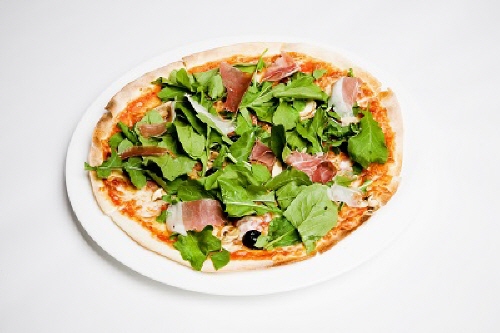
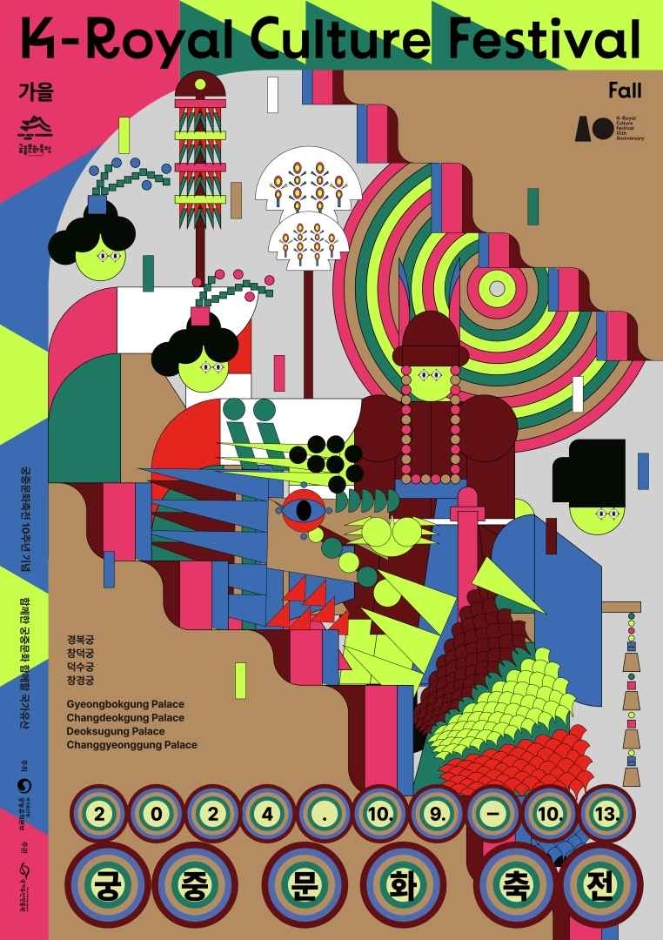
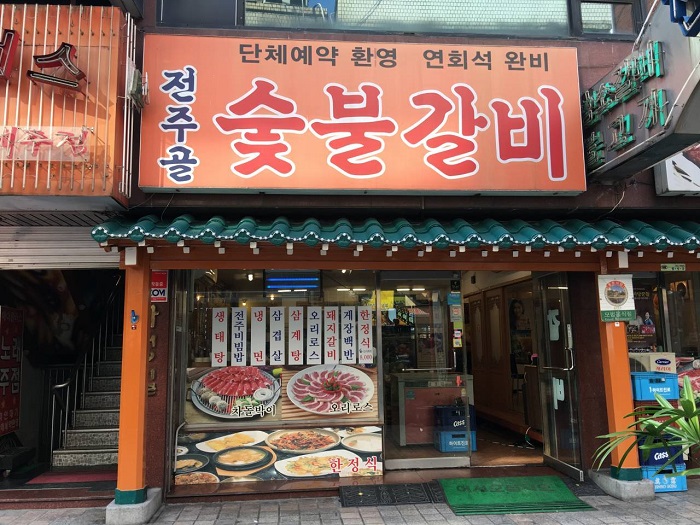
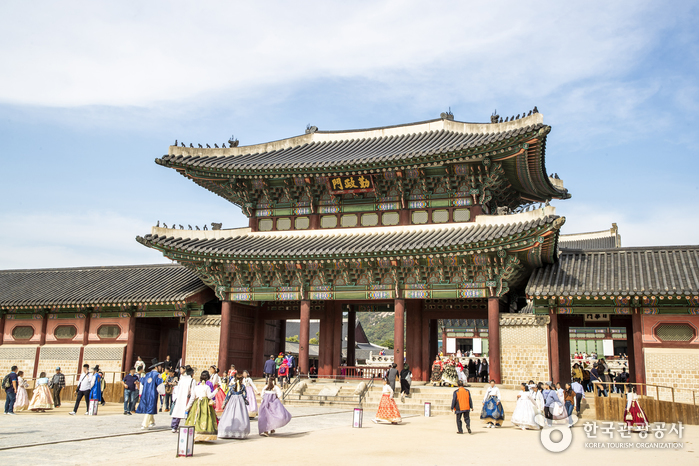
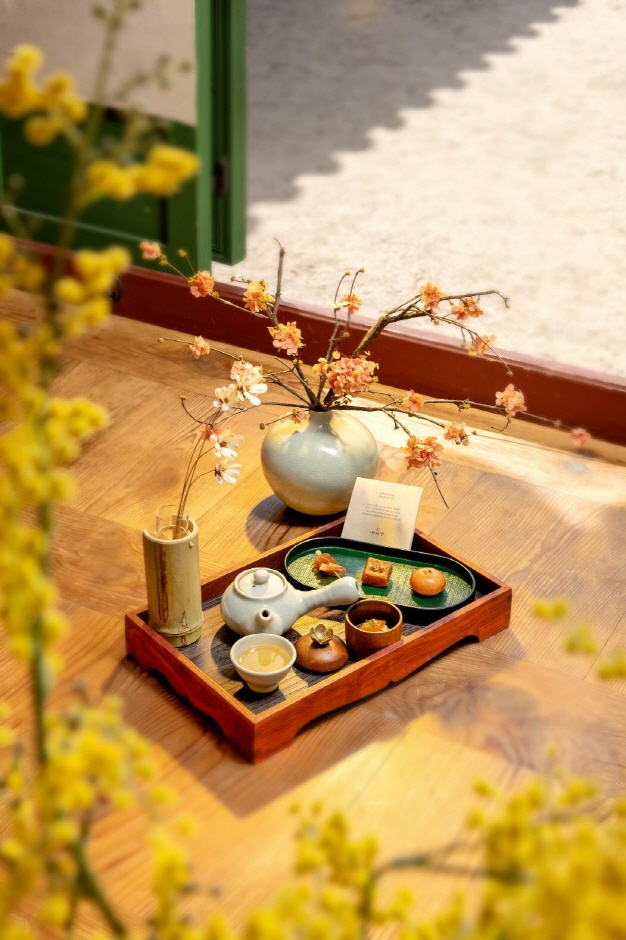
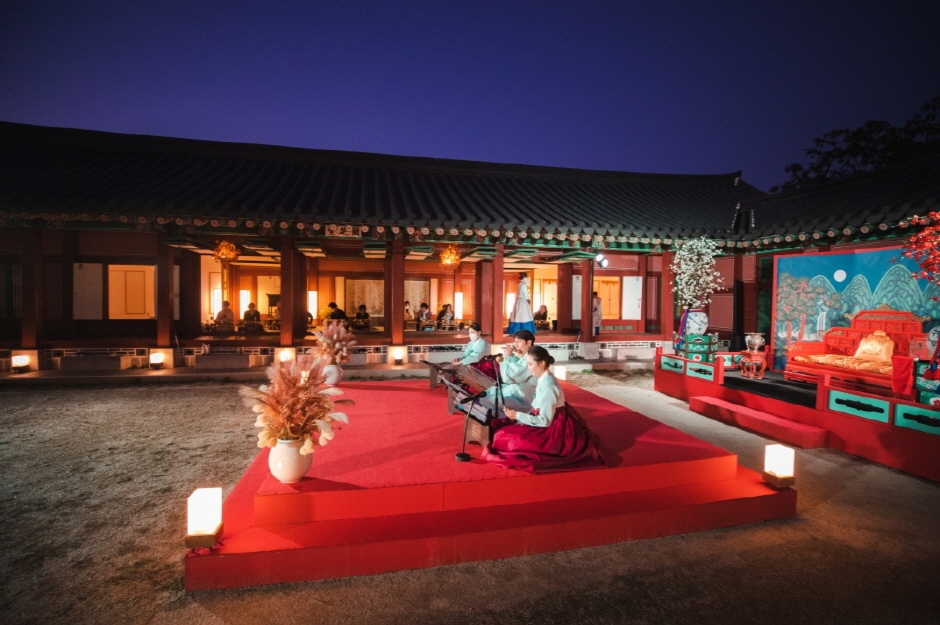
 Français
Français
 한국어
한국어 English
English 日本語
日本語 中文(简体)
中文(简体) Deutsch
Deutsch Español
Español Русский
Русский